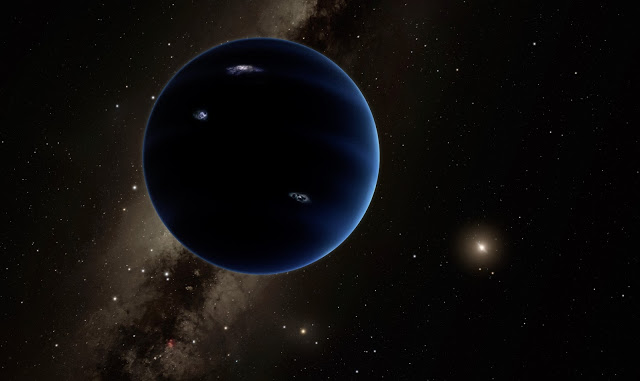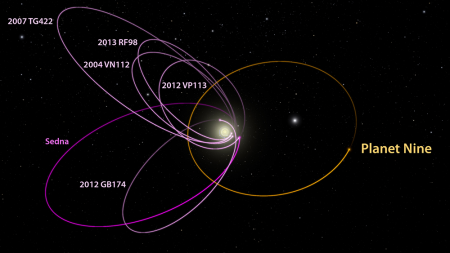

| Online: | |
| Visits: | |
| Stories: |

| Story Views | |
| Now: | |
| Last Hour: | |
| Last 24 Hours: | |
| Total: | |
Planet 9 Is an Alien World Stolen from Another Star by Our Sun
Through a computer-simulated study, astronomers at Lund University in Sweden show that it is highly likely that the so-called Planet 9 is an exoplanet. This would make it the first exoplanet to be discovered inside our own solar system. The theory is that our sun, in its youth some 4.5 billion years ago, stole Planet 9 from its original star.
An extrasolar planet, or exoplanet, is by definition a planet located outside our solar system. Now it appears that this definition is no longer viable. According to astronomers in Lund, there is a lot to indicate that Planet 9 was captured by the young sun and has been a part of our solar system completely undetected ever since.
“It is almost ironic that while astronomers often find exoplanets hundreds of light years away in other solar systems, there’s probably one hiding in our own backyard”, says Alexander Mustill, astronomer at Lund University.
Stars are born in clusters and often pass by one another. It is during these encounters that a star can “steal” one or more planets in orbit around another star. This is probably what happened when our own sun captured Planet 9.
“Planet 9 may very well have been ‘shoved’ by other planets, and when it ended up in an orbit that was too wide around its own star, our sun may have taken the opportunity to steal and capture Planet 9 from its original star. When the sun later departed from the stellar cluster in which it was born, Planet 9 was stuck in an orbit around the sun”, says Alexander Mustill.
It requires a lot more research before it can be ascertained that Planet 9 is the first exoplanet in our solar system. If the theory is correct, Alexander Mustill believes that the study of space and the understanding of the sun and the Earth will take a giant leap forward.
“This is the only exoplanet that we, realistically, would be able to reach using a space probe”, he says.
Caltech’s Konstantin Batygin, an assistant professor of planetary science, and Mike Brown, the Richard and Barbara Rosenberg Professor of Planetary Astronomy, discuss new research that provides evidence of a giant planet tracing a bizarre, highly elongated orbit in the outer solar system.
The researchers, Konstantin Batygin and Mike Brown, discovered the planet’s existence through mathematical modeling and computer simulations but have not yet observed the object directly.
“This would be a real ninth planet,” says Brown, the Richard and Barbara Rosenberg Professor of Planetary Astronomy. “There have only been two true planets discovered since ancient times, and this would be a third. It’s a pretty substantial chunk of our solar system that’s still out there to be found, which is pretty exciting.”
Brown notes that the putative ninth planet—at 5,000 times the mass of Pluto—is sufficiently large that there should be no debate about whether it is a true planet. Unlike the class of smaller objects now known as dwarf planets, Planet Nine gravitationally dominates its neighborhood of the solar system. In fact, it dominates a region larger than any of the other known planets—a fact that Brown says makes it “the most planet-y of the planets in the whole solar system.”
Alexander Mustill.
Lund University
Link: http://mnrasl.oxfordjournals.org/content/460/1/L109
Source:




